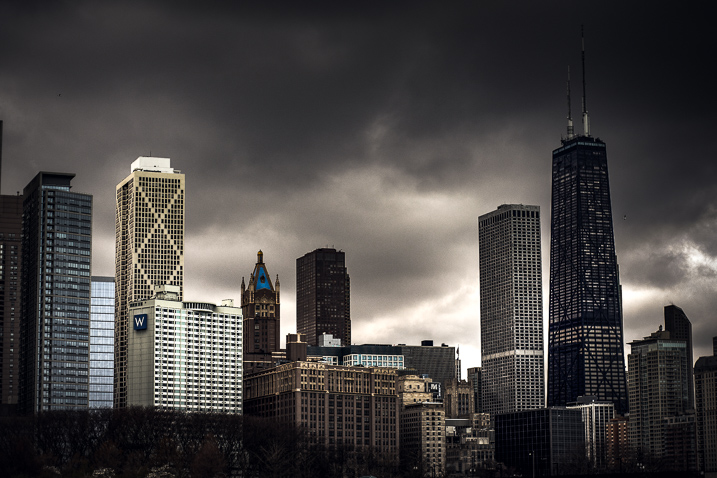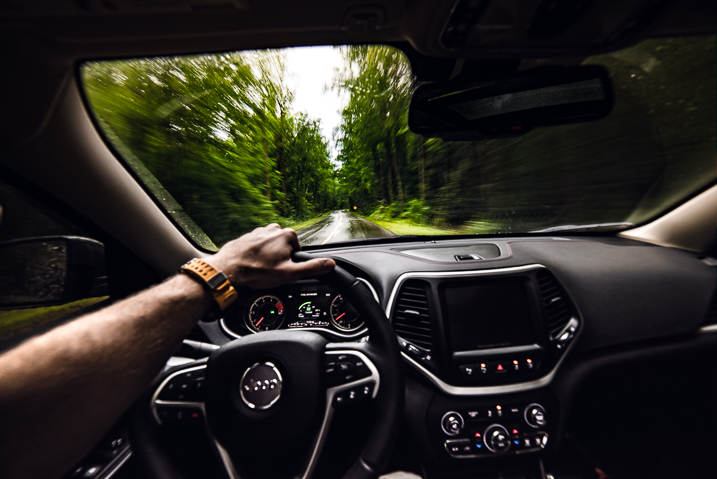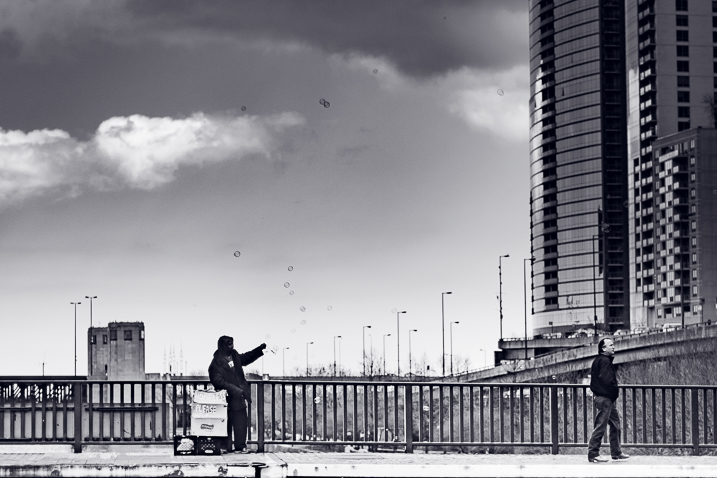The post 10 Awesome Photoshop CC Tricks You Wish You Knew appeared first on Digital Photography School. It was authored by Kevin Landwer-Johan.

All photographers want their photos to look fantastic and part of the path to great images is the post-processing. You can do so much with the right tools if you know how to use them well. Photoshop is such an amazing tool for photographers. The more you use it the more you find that it can do. The more you realize you have to study to be able to make the most of it. In this article, I will share with you ten cool Photoshop CC tricks I love using when I work on my photos in Adobe Photoshop.
1. Photoshop search

Photoshop articles like this or video tutorials often suggest tools to use that you may not be familiar with. It’s easy enough to remember the tool but forget its location within photoshop. This is where the Photoshop search comes in helpful.
Up in the top right of the main photoshop window, you will find a search icon. Click on it to search not only to find that tool you want but other things too. You can also search for tutorials, Lightroom and Adobe stock images.
2. Manage keyboard shortcuts

When working with any complicated software, it pays to learn at least some of the keyboard shortcuts. Knowing the shortcuts for the tools you use the most will help speed up your workflow.
In photoshop you have the capacity to customize your keyboard shortcuts. It’s easy enough to do. If you’ve been using photoshop for a while you will know which tools you use often and will want to know the shortcuts.
To find them, all you need to do is go to the top menu and select Edit->Keyboard Shortcuts. This opens up a window where you’ll see all the information you need to learn the shortcuts and change them.
Most keys and many combinations have shortcuts assigned. These can be customized to suit your working style.
One key that has no default shortcut assigned is the ‘n’ key. You can assign your favorite tool to it without disrupting any of the other shortcut keys.
3. Temporary tool select
Another helpful trick that aids smooth workflow is being able to temporarily select a tool.
Say you’re working on an image with the Burn tool and you see a small blemish you want to remove with the Clone tool. You can simply press and hold the ‘s’ key to select the Clone tool. Once you’ve removed the blemish, release the ‘s’ key and your cursor will revert back to the Burn tool.
This can be used with most keyboard shortcuts.
4. Open the same image in two windows

Opening the same image document in two windows gives you some great flexibility. You can have one instance of the file zoomed and be working on the details and the other showing the entire frame. This lets you see the changes you make in the detailed view as they happen in the full-frame window also.
To open two image documents, go to ‘Window’ in the top menu and select Arrange->New Window for [the file name of the opened file]. Click on this file, and a new instance of the file will open. Now you can select Window->Arrange and select the display option you prefer. Here I have selected to show 2-up Vertical.
This trick is very cool if you are working with two or more monitors.
5. Creating selections of Highlights and Shadows

Selecting only the highlights or dark areas of an image can give you more control when making certain adjustments.
To do this, choose the type of adjustment you want to make. For this example, I have added a Curve Adjustment Layer. This is from the menu at the bottom of the Layers panel. Once I have the new adjustment layer, I then delete the layer mask.
Here’s where the magic happens. Press Ctrl+Alt+2 (Cmd+Opt+2 on Mac) and all the bright pixels will be selected. When you click on the Curves icon in the Layers panel, you will not only be making adjustments to the brightest pixels. In the Properties panel of the mask, you can choose to invert the selection and work on the darker pixels.
6. Pen tool tips

Learning to use the Pen tool in photoshop is frustrating for many people. At first, it can be difficult to make the line go where you want it to. Here are some tweaks you can make so your learning curve is not so steep.
When you have the Pen tool selected, click the Cog icon on the top menu. Here you can alter the settings for how the line looks and responds. You can determine the weight and color of the line. This can be helpful in allowing you to see where you’re drawing more easily.
Probably the most helpful aspect of the Pen tool settings is the Rubber Band checkbox. With this setting active, you can see where your line is as you draw. This allows you to see where your line will be in real-time. Without the Rubber Band box checked, you will not see where your line will be drawn until you click on a point.
Two more helpful tips with the Pen tool are:
- Use the spacebar as you click. Hold the spacebar to allow you to place the point precisely where you want it to be.
- Once your line is complete, use Alt+Click to modify the handles on a point so you can alter the curve of the line.
7. Select colors from any application

Matching a color you want to use in photoshop with a color in another program or app is easy and can be very useful. Pulling the same color and applying it to text, a brush or fill means you can precisely color match what you are working on.
Shrink your photoshop window and place it over the area you want to select the color from. Simply select the tool for how you want to apply the color. In my example, I want to fill the background of my logo with a specific color from a photo on my website. Click and hold the Alt key as you drag your mouse to hover over the color you want to match.
When you release your mouse, Photoshop will use it as the selected foreground color. Now you can apply it as you wish.
8. Control Color Luminosity

By creating a new black and white Adjustment Layer and setting the Blend mode to Luminosity, you can darken or brighten each color in your image. Simple drag the slider for each color you want to adjust until you are satisfied with its luminosity.
9. Transparency using ‘Blend If’

The ‘Blend If’ mode is a powerful tool when you know how to use it. Selecting and manipulating layers using the Blend If functions allow you to alter the luminosity or color channel of a layer.
In this example, I wanted to eliminate the black background from my logo and replace it with an image. The image is on the layer underneath my logo. Bring up the Layer Style panel by double-clicking on the layer you want to work on. With the Blend If mode set to Gray, use the slider below it to remove the darker or lighter pixels. In this example, I have moved the slider on the left towards the right to take out the black background of the logo.
Making the altered layer a Smart Object will make those hidden pixels transparent for even more flexibility.
10. Non-destructive Spot Healing Brush

Adding a new layer above the image you are working on allows you to work non-destructively with the Spot Healing Brush. Often with highly textured images, the Spot Healing Brush provides an unsatisfactory result. Adding an extra blank layer gives you more flexibility.
The key to making this work is to ensure you check the Sample All Layers checkbox in the top menu bar.
Conclusion
I hope there are a few new tips and tricks on this list of Photoshop CC tricks that you can find helpful. As with all things Photoshop, everyone works differently. There are also many ways to reach the same end result.
If you know of some other cool Photoshop CC tips or tricks let us know what they are in the comments below.
The post 10 Awesome Photoshop CC Tricks You Wish You Knew appeared first on Digital Photography School. It was authored by Kevin Landwer-Johan.














You must be logged in to post a comment.